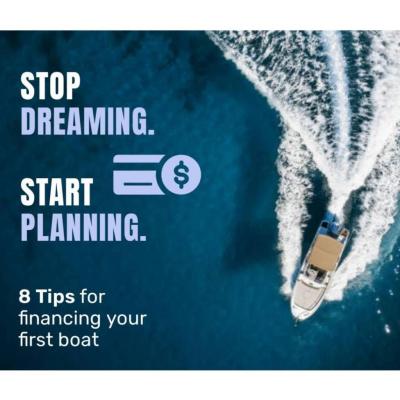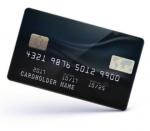By following these tips, you can make your dream of owning a boat a reality.
1. Establish a boat budget
A boat loan calculator can help you to determine your monthly payments and the total cost of the loan on a boat. Enter the loan amount, the interest rate and number of months you want to repay in the calculator and the results will show your monthly payments and total costs. This way you can establish what you can afford before you go boat shopping. There are plenty of boat loan calculators available online that include extensive modelling options (including a cash deposit and/or trade-in where applicable) and amortization charts and graphs that illustrate the progress of your loan balance and interest payments over the term of the boat loan.
2. Shop around
When you’re looking for a loan to finance your boat, it’s important to shop around. Different lenders will offer different rates and terms, and it’s important to find the one that’s right for you. The best option here is to talk to a specialist boat finance broker. A broker will have access to all the lenders that you do, plus many that you don't. More importantly, the broker will know which lender/s are the most likely to offer the best deals for your specific circumstances.
3. Get pre-approved
Before you start seriously shopping for a boat, it’s a good idea to get a pre-approved boat loan. This way, you’ll know how exactly how much you are able to spend. Getting pre-approved is also a good way to negotiate with dealers. The pre-approval process is quite straight forward and involves submitting the same documentation as you would when applying for a loan, i.e. proof of identity, income, employment, banking and credit history etc. If you are dealing with a broker, he/she will guide you through the process. Once your loan is pre-approved, you won't need to resubmit all of your information again in order to finalise the loan.
4. Consider a used boat.
If you’re on a budget, you may want to consider buying a used boat as opposed to a new one. You can get a used boat for a very good price, meaning that you can get a lot more boat for your money. A second-hand boat may even come with some warranty protection. A new boat will depreciate in value very quickly after you purchase it, whereas a second-hand vessell is more likely to hold it's value for longer. It's quite likely, considering the rate of deprecition on a new boat, that you may owe more money on the boat loan than the boat is worth for the first couple of years of the loan.
5. Consider dealer incentives.
When shopping for a boat, be sure to ask about dealer incentives. Many dealers also offer financing incentives, such as 0% interest for a certain period of time. You should be careful however, because the overall interest costs may work out higher than if you had arranged a boat loan through a broker. You should also look into extended warranties, special package deals on accessories such as trailers or covers, GPS chart plotters and other gear. It may be better to take advantage of the opportunity to incorporate these extras into the financed boat purchase than to acquire them later.
6. Talk to your insurance broker.
When you buy a boat, you’ll need to make sure you have the right insurance. So, before you make the purchase, talk to your insurance adviser about your options and get an indicative quote. It'ss not advisable to include your insurance costs in the boat loan because you will be paying interest on one year's insurance over the whole term of the boat loan. Most insurance brokers have access to boat insurance policies with the option to pay monthly over 12 months, often interest-free.
7. Get a boat survey.
If you’re buying a used boat, it’s a good idea to get a survey. A survey can help to identify any potential problems with the boat. A surveyor will look at the condition of the hull, sails and rigging, engine and all other systems on board. The results of a survey can be a big help for you to decide whether to buy or not.
8. Deposit or trade-in.
When you finance a boat, it’s a good idea to make a significant down payment if possible. A down payment or trade-in value of 20% or more will help to lower your monthly payments and the total cost of the loan. When a lender can see that you are putting up some of your own money in the form of a deposit, you are likely to have more loan options and a better interetest rate.
Published: Friday 7th October, 2022









